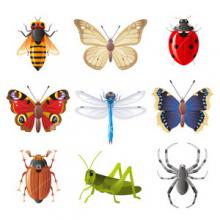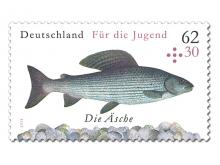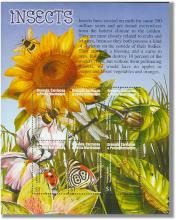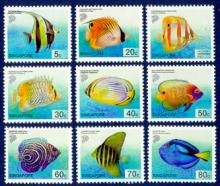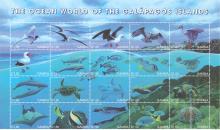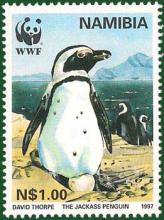Fachbuch »Das Ende der Artenvielfalt – Neuartige Pestizide töten Insekten und Vögel« von Henk Tennekes - die Bestätigung seiner Thesen kommt aus Nordrhein-Westfalen
Der NABU warnt vor einem neuartigen Insektensterben mit bislang unbekannten Folgen in Deutschland. Allein in Nordrhein-Westfalen sei in den vergangenen 15 Jahren die Biomasse der Fluginsekten um bis zu 80 Prozent zurückgegangen (siehe beiliegende Veröffentlichung). Ähnlich alarmierende Entwicklungen befürchten die Naturschützer in weiteren Regionen Deutschlands und fordern, die Ursachen und das Ausmaß des Insektenschwunds bundesweit schnell aufzuklären. „Unsere Beobachtungen in Nordrhein-Westfalen sind beängstigend. Wenn uns die Fluginsekten fehlen, gerät die gesamte Nahrungskette in Gefahr: Blumen und Bäume werden nicht mehr bestäubt und Mauerseglern und Schwalben fehlt die Nahrungsgrundlage“, warnte Josef Tumbrinck, Landesvorsitzender des NABU Nordrhein-Westfalen. Er stellte am heutigen Mittwoch im Umweltausschuss des Bundestages die Untersuchungsergebnisse des Entomologischen Vereins Krefeld vor, mit dem der NABU zusammenarbeitet. Ehrenamtliche hatten zwischen 1989 und 2014 an insgesamt 88 Standorten in Nordrhein-Westfalen fliegende Insekten gesammelt, ihre Arten bestimmt und sie gewogen. „Während wir 1995 noch 1,6 Kilogramm aus den Untersuchungsfallen sammelten, sind wir heute froh, wenn es 300 Gramm sind“, so Tumbrinck. Der Rückgang von bis zu 80 Prozent beträfe unter anderem Schmetterlinge, Bienen und Schwebfliegen.

